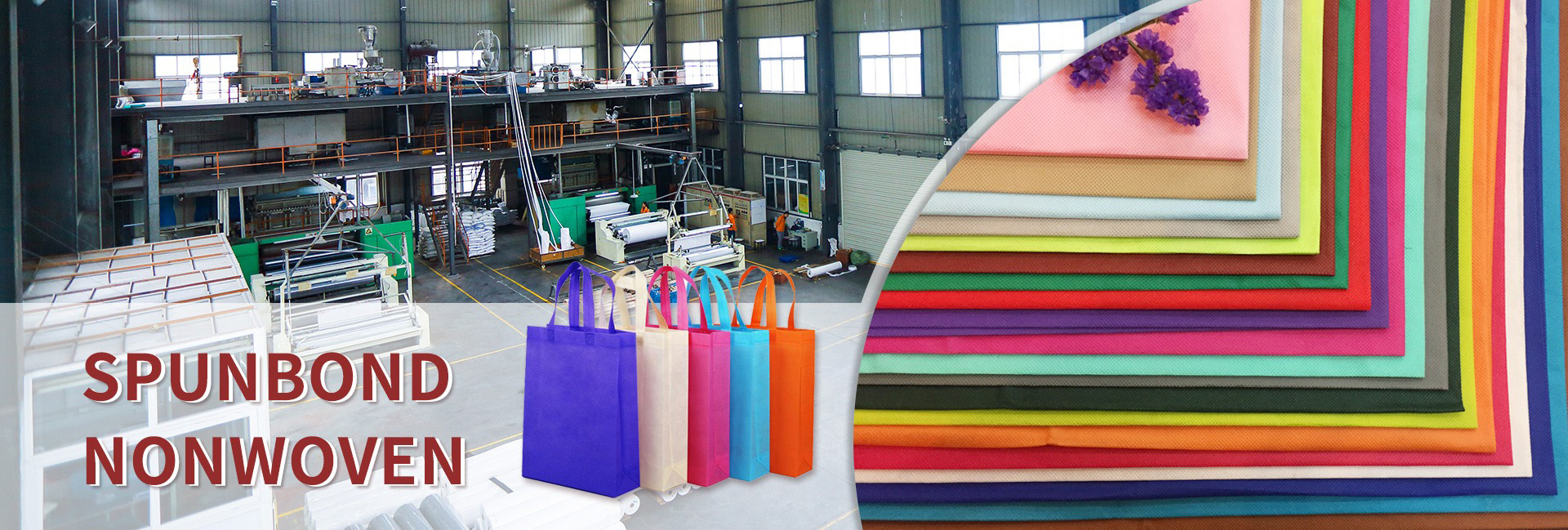Currently, the market for high standard medical protective clothing and its base fabric is indeed showing a situation of strong supply and demand. ‘Emergency reserves’ are an important driving force, but not everything. In addition to public emergency supplies reserves, the continuously growing demand for routine medical care and the constantly improving technical standards have jointly shaped the face of this market.
Core data and dynamics of the current market
Market supply and demand
In 2024, the production of medical protective clothing in China will rebound to 6.5 million sets (a year-on-year increase of 8.3%); Multiple hospitals and governments have issued bulk purchase orders for non-woven fabric products.
Core driving force
Public health emergency reserves, increased awareness of infection control in medical institutions, and global surgical volume growth have driven the demand for disposable high-performance protective equipment.
Materials and Technology
The mainstream non-woven fabric processes include spunbond, meltblown, SMS (spunbond meltblown spunbond), etc; Polypropylene (PP) is the main raw material; Pursuing high strength, high barrier, comfortable and breathable.
Competitive landscape
High market concentration, led by leading companies such as Lanfan Medical, Shangrong Medical, and Zhende Medical; There are also a large number of small and medium-sized enterprises focused on niche fields.
Procurement model
Volume based procurement has become a trend (such as in Jinjiang City); The selection of suppliers is universal (such as Zhengzhou Central Hospital), with strict requirements for quality, supply speed, and long-term service capabilities.
Market hotspots and regional demand
The government and hospitals are actively stocking up: The recent procurement announcements released by multiple provinces and cities are direct evidence of market activity. For example, Zhengzhou Central Hospital selects suppliers of non-woven fabric products with a service period of three years; Jinjiang City directly conducts “quantity based procurement” of non-woven fabric consumables, which means large-scale deterministic orders. This centralized procurement model is being popularized in various regions, continuously driving the demand for upstream base fabric materials.
Regular medical needs provide stable support: In the post pandemic era, the public and medical institutions’ awareness of protection has irreversibly increased. In 2024, the total number of medical and health institution visits in China exceeded 10.1 billion, creating a massive amount of daily consumption. At the same time, the increase in global surgical volume has driven steady growth in the sterile surgical bag fabric market (with a compound annual growth rate of about 6.2%). These products are also made of high-performance non-woven fabrics and share upstream production capacity with protective clothing base fabrics.
Technological evolution and material breakthroughs
The ‘supply shortage’ in the market is particularly reflected in materials with high technical standards.
Mainstream process: Currently, polypropylene spunbond nonwoven fabric dominates the market due to its excellent performance and cost-effectiveness. Higher end SMS composite materials combine the strength of the spunbond layer with the efficient barrier properties of the meltblown layer, making them the preferred choice for high-performance protective clothing.
Performance breakthrough: The research and development of next-generation materials focuses on improving comfort (breathability and moisture permeability), protection level (resistance to blood and alcohol penetration), and intelligence (integrated sensing technology). Suppliers who can make breakthroughs in these technologies first will have an absolute advantage in competition.
Industrial pattern and ecological evolution
The head effect is significant: the concentration of China’s medical protective clothing market is relatively high, dominated by a few companies such as Lanfan Medical, Shangrong Medical, and Zhende Medical. These companies usually have a complete industrial chain from raw materials to finished products, and have significant advantages in obtaining large-scale orders.
The new test of the supply chain: From the procurement announcement, it can be seen that the requirements of customers such as hospitals are becoming increasingly stringent. For example, the First Affiliated Hospital of Bengbu Medical College requires emergency goods to be delivered within 48 hours; Zhengzhou Central Hospital requires the ability to meet “emergency supply needs”. This requires suppliers not only to have high-quality products, but also to have agile supply chains and strong emergency response capabilities.
Future Trends and Prospects
Quality and Function Upgrade: The market has shifted from pursuing “existence” to pursuing “quality”, and functional fabrics such as antibacterial, antiviral, and anti-static will become standard.
Intelligent integration: In the long run, integrating wearable sensors into protective clothing for monitoring the vital signs of medical staff or environmental risks is an important technological development direction.
Globalization and Standardization: As Chinese enterprises participate more in international competition, product standards will accelerate their alignment with international standards to break down trade barriers and explore broader overseas markets.
I hope the above sorting can help you better understand the multiple reasons behind the “high standard medical protective clothing base fabric supply shortage”. If you have a deeper interest in the market of a specific region or a certain type of segmented product (such as surgical gown fabric), I can provide more targeted information.
Dongguan Liansheng Non woven Technology Co., Ltd. was established in May 2020. It is a large-scale non-woven fabric production enterprise integrating research and development, production, and sales. It can produce various colors of PP spunbond non-woven fabrics with a width of less than 3.2 meters from 9 grams to 300 grams.
Post time: Nov-23-2025

